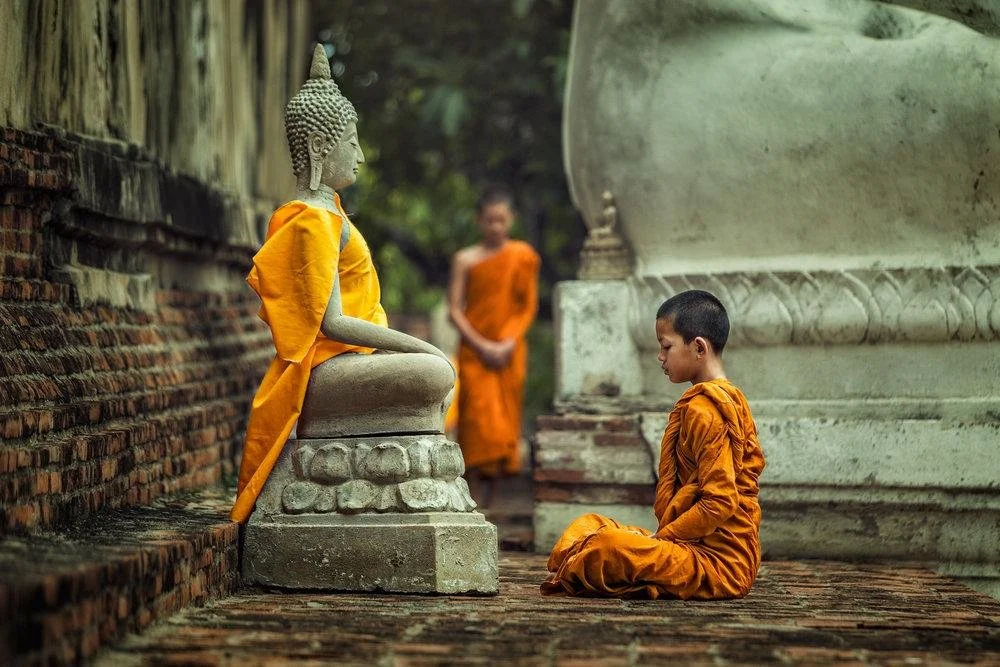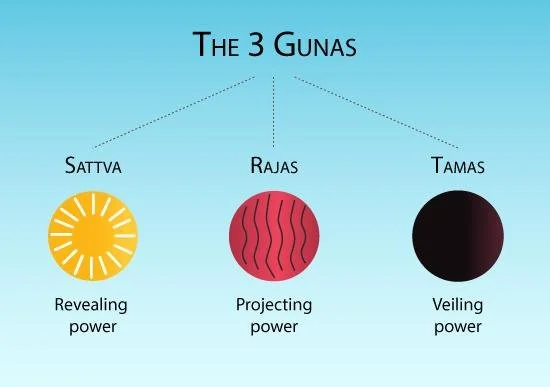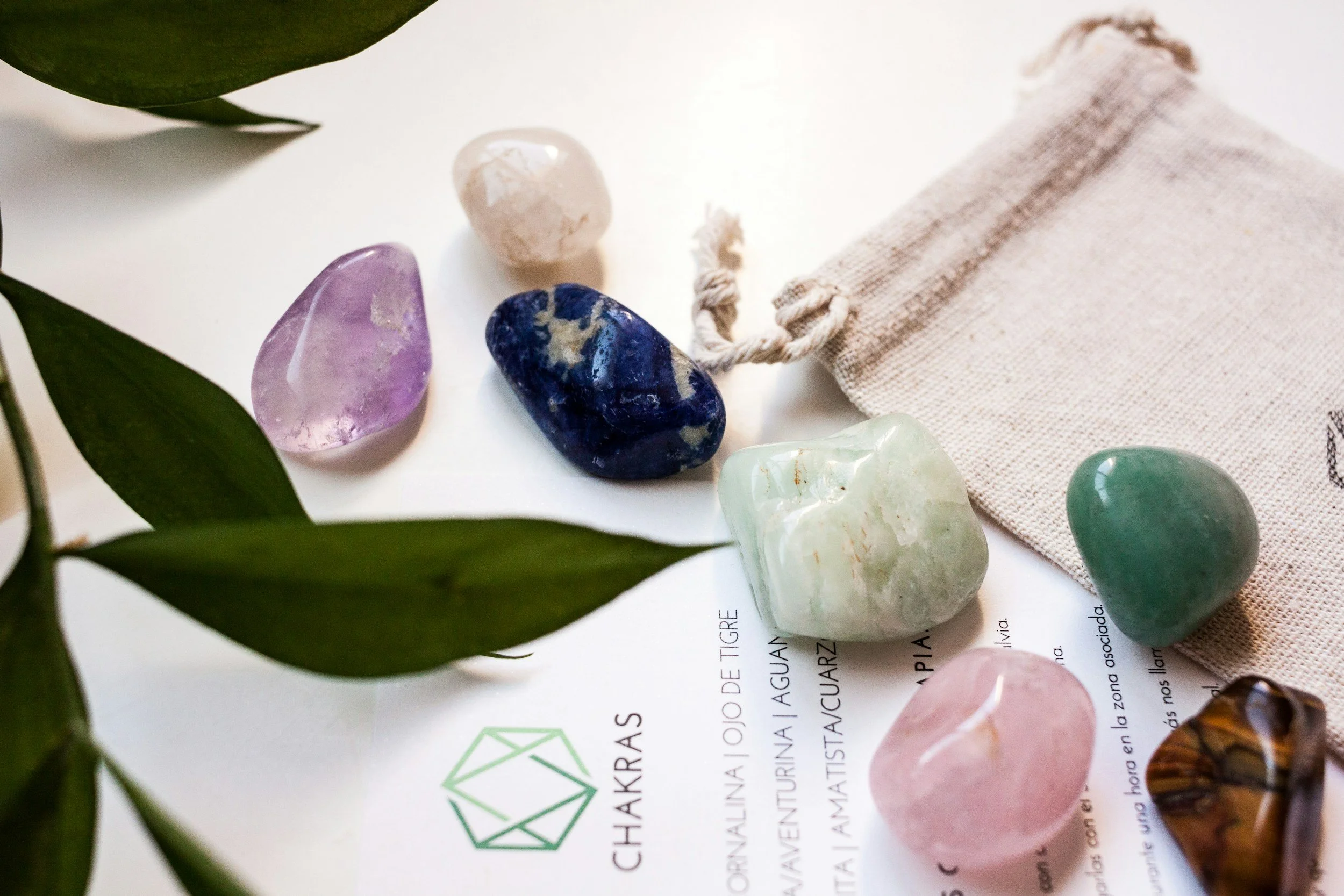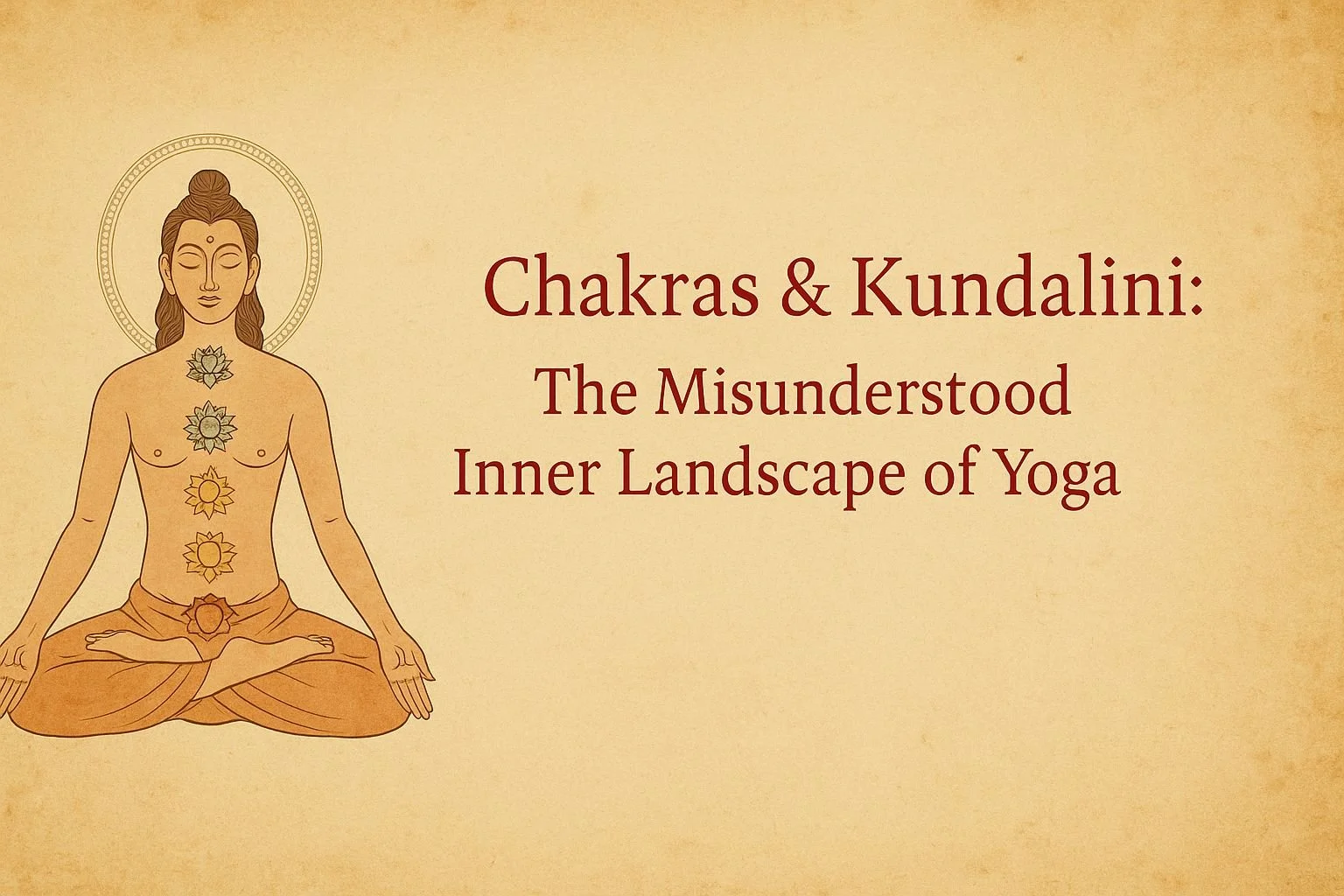Zooming Out
Why Focusing on Values Leads to a Fulfilling Life
The purpose of life has puzzled philosophers and theologians for centuries. It’s a deeply personal matter that varies from person to person, shaped by cultural, societal, and individual values and beliefs.
As humans, we set goals constantly. But achieving them is often much more difficult. It can be hard to stay motivated when progress feels slow or non-existent. When this happens, we have a few options:
We could give up on the goal (“It wasn’t that important to me anyway”),
We could blame ourselves for not being good enough (“If only I had more willpower, I’d be able to lose weight or quit smoking”),
We could blame others (“All the men in my age group only want to date younger women”), or
We could step back and reflect on our values - what truly matters to us.
We often define success by the goals we achieve, but there’s an alternative way to look at it: success as living according to your values - something you can do in any moment, regardless of external outcomes.
When we think about how we want to live, we’re focusing on values. Values act like a compass, guiding us in a desired direction and distinguishing themselves from goals. Every step in our life we fix some goals and move on to the next goal, but what does not change is our values – the way we handle the ups and downs of that every step. Goals are specific targets we aim for and can check off once completed. For example, responsibility is a value; owning a home is a goal. You can engage in responsible behavior every day, which may help you achieve your goal, and you’ll continue to live out that value even after the goal is reached.
Goals aligned with values are inherently more meaningful and more likely to be achieved than those chosen randomly or pursued out of obligation. Take the goal of losing weight, for instance. What’s behind it? Is it driven by a value like fitness, self-care, or embracing challenges? Or is it simply because the magazines at the checkout line make you feel bad? Understanding the value behind a goal allows you to make choices and take actions that align with what’s important to you. Without a value backing a goal, the only measure of success becomes whether or not you achieve it.
So how do we begin identifying what we value? Imagine your 80th birthday party, with all the people who matter to you in attendance. How do you want them to speak about you? What would they say you stand for? How would they describe your impact on their lives? Would they say you were an assertive, encouraging, and hardworking leader? An authentic, caring, and respectful friend? A compassionate, loving, and supportive parent? An adventurous, creative, and curious free spirit?
Values focus on how you want to be as you move through life, not just what you want to achieve.
If you imagine your life through a camera lens, sometimes we get overly “zoomed in” on our goals, fixating on whether or not we’re achieving them. This can lead to feelings of guilt, shame, overwhelm, or self-criticism. Connecting to your values, however, is like “zooming out” to see the bigger picture. You are more than your goals. Like a camera, we need to zoom out to capture the full landscape - acting in alignment with our broad values day by day - and zoom in on the details, continuing to pursue and evaluate our goals. There’s beauty and power in both perspectives.
And remember, at your 80th birthday celebration, those around you are unlikely to focus on the 10 pounds you never lost or the promotion you didn’t get. Instead, they’ll toast to how friendly, fun, courageous, and kind you were.
Purusharthas
What if there was an ancient system that offers a roadmap to live a fulfilling, meaningful life - one that accounts for both material success and spiritual well-being?
The Yoga tradition gives us such a system in the form of the Purusharthas, the four aims of life. These are timeless principles, and when we apply them to modern living, we can find a clearer sense of direction, purpose, and balance.
The study of Purusharthas - the four guiding aims of human life:
Artha (material prosperity),
Kama (emotional fulfilment and desire),
Dharma (righteous duty and ethical living), and
Moksha (spiritual liberation) -
offers a timeless framework for living a balanced and purposeful life. By aligning with these foundational aims, we cultivate harmony both within ourselves and in our interactions with the world, providing a valuable lens through which to assess our choices and make wise, aligned decisions.
Understanding and embracing these Purusharthas brings deeper meaning to our spiritual practices and enriches our relationships with the world around us. In the context of yoga, acknowledging and honoring these pursuits is essential for personal development, teaching, and resolving inner conflicts. This session will explore human needs and aspirations through the wisdom of yogic philosophy, guiding us toward greater alignment and fulfilment on all levels.
Let’s explore each of the four Purusharthas – the yogic solution for a balance in life and how they fit into our lives today in our next online session.
















